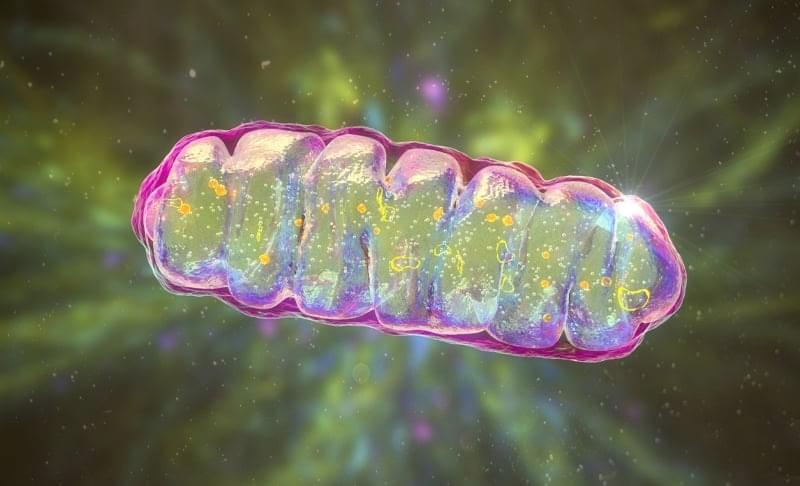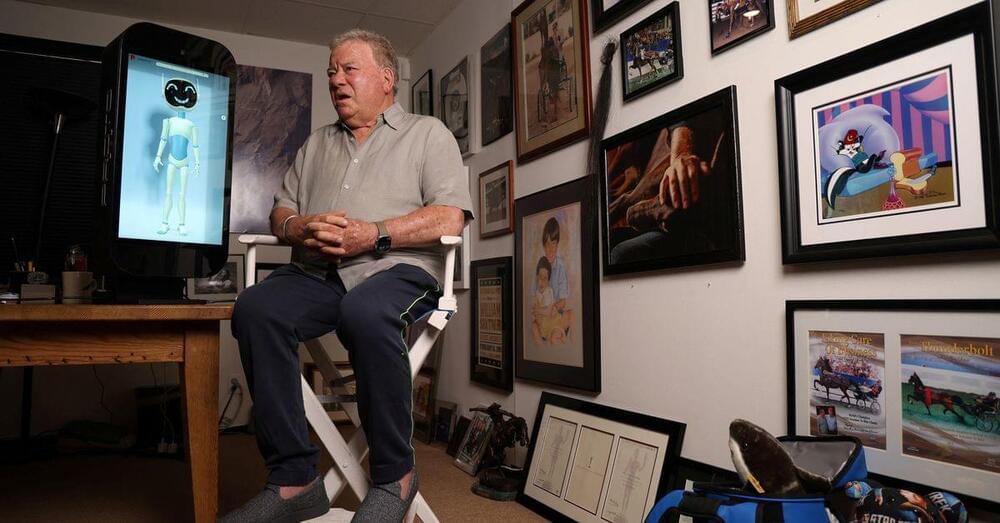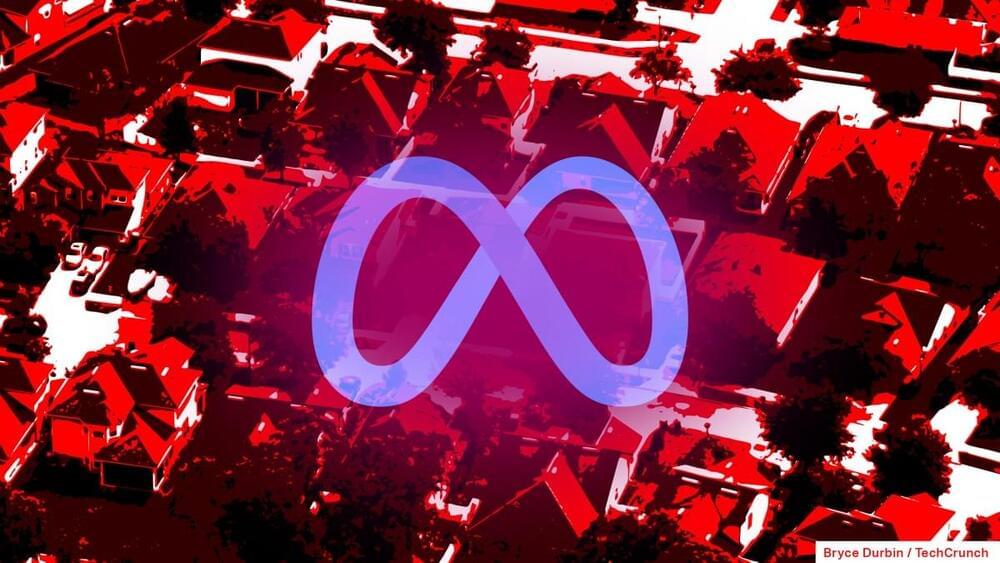Feeling lonely, a writer decided to create an AI boyfriend only to find him shallow, increasingly annoying and clingy.
Get the latest international news and world events from around the world.


Eye Scans Can Detect Parkinson’s Years Before Symptoms Emerge
Human eyes are the only natural window we have into a person’s central nervous system.
By looking through them, scientists have found very early signs of Parkinson’s disease, up to seven years before symptoms emerge.
The findings are based on three-dimensional eye scans, which are commonly used by optometrists to examine the health of someone’s retina – the layer of nerve cells at the back of the eye.


Cancer, Mitochondria and Healthy Aging?
I recently just read a post about the “University of Queensland researchers discovered that the protein ATFS-1 aids in cell longevity by balancing new mitochondria creation and repair.”
It reminded me of this:
I recently came across an article about nurturing your mitochondria. One of the benefits to doing this relates to aging — apparently looking after your mitochondria will help counteract much of what we associate with aging, such as declining energy levels.
What I also found fascinating — their suggestions fit very well with many of the methods I’ve been using to fight cancer.
For example:

Research team enhances hydrogen evolution catalyst through stepwise deposition
In order to enhance the accessibility of hydrogen-powered vehicles and establish hydrogen as a viable energy source, it’s imperative to reduce the cost of hydrogen production, thereby achieving economic feasibility. To achieve this goal, maximizing the efficiency of electrolysis-hydrogen evolution, the process responsible for producing hydrogen from water, is crucial.
Recently, a team of researchers comprising Professor In Su Lee, Research Professor Soumen Dutta, and Byeong Su Gu from the Department of Chemistry at Pohang University of Science and Technology (POSTECH) achieved a significant improvement in production efficiency of hydrogen, a green energy source, through the development of a platinum nanocatalyst. They accomplished this feat by depositing two different metals in a stepwise manner.
The findings of their research were published in Angewandte Chemie.

William Shatner, Star Trek’s Captain Kirk, takes on an AI chatbot
LOS ANGELES, Aug 24 (Reuters) — Legendary “Star Trek” actor William Shatner has been spending time exploring the new frontier of artificial intelligence.
The actor best known for playing Captain Kirk on “Star Trek” talked with ProtoBot, a device that combines holographic visuals with conversational AI, and grappled with philosophical and ethical questions about the technology.
“I’m asking ProtoBot questions that ordinarily a computer doesn’t answer,” Shatner told Reuters. “A computer answers two plus two, but does ProtoBot know what love is? Can ProtoBot understand sentience? Can they understand emotion? Can they understand fear?”



Meta releases Code Llama, a code-generating AI model
Meta, intent on making a splash in a generative AI space rife with competition, is on something of an open source tear.
Following the release of AI models for generating text, translating languages and creating audio, the company today open sourced Code Llama, a machine learning system that can generate and explain code in natural language — specifically English.
Akin to GitHub Copilot and Amazon CodeWhisperer, as well as open source AI-powered code generators like StarCoder, StableCode and PolyCoder, Code Llama can complete code and debug existing code across a range of programming languages, including Python, C++, Java, PHP, Typescript, C# and Bash.